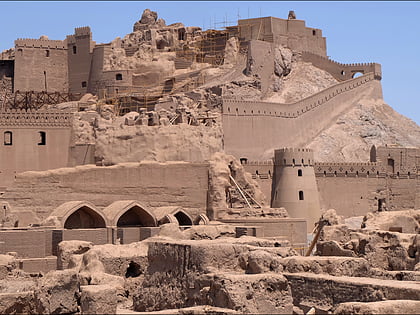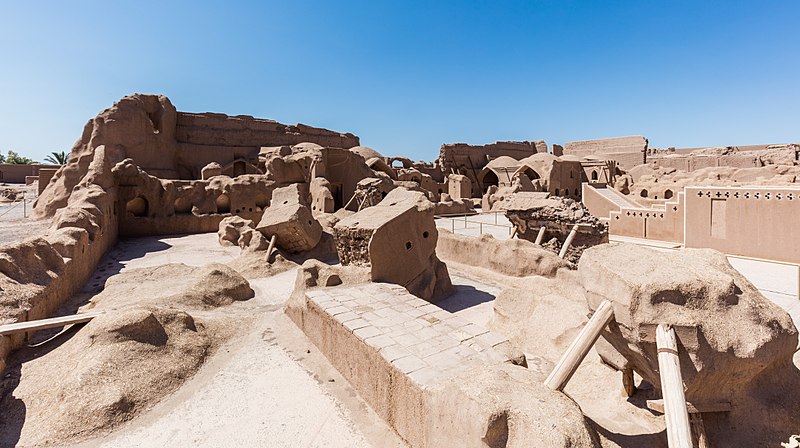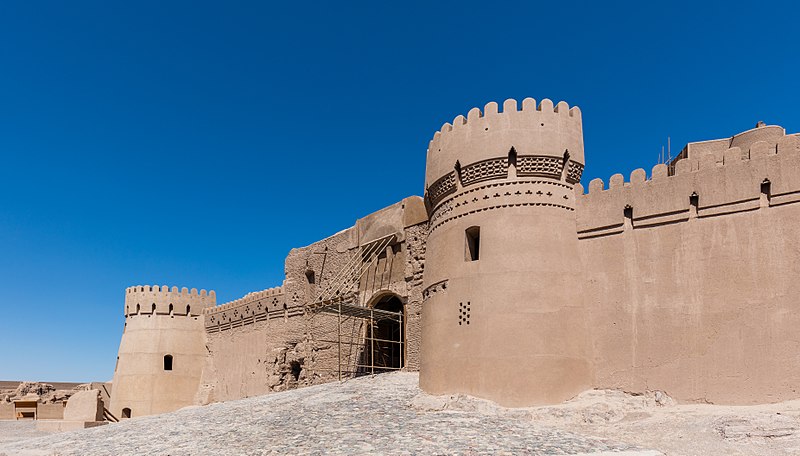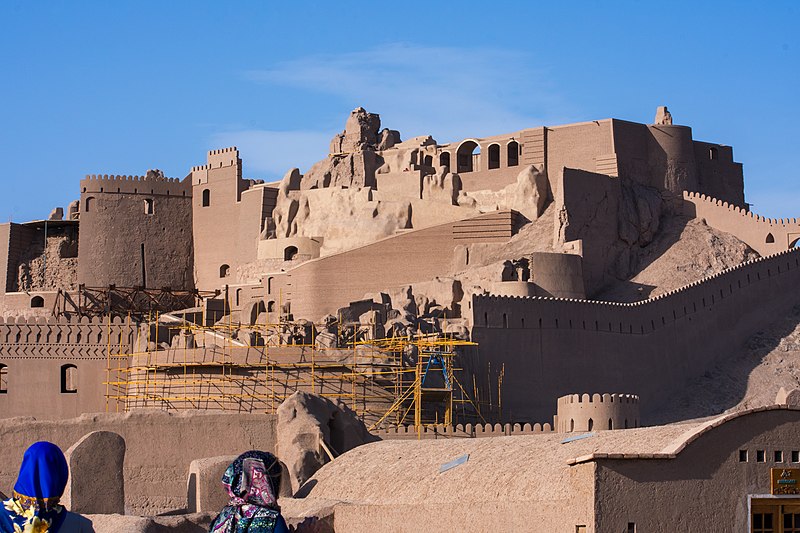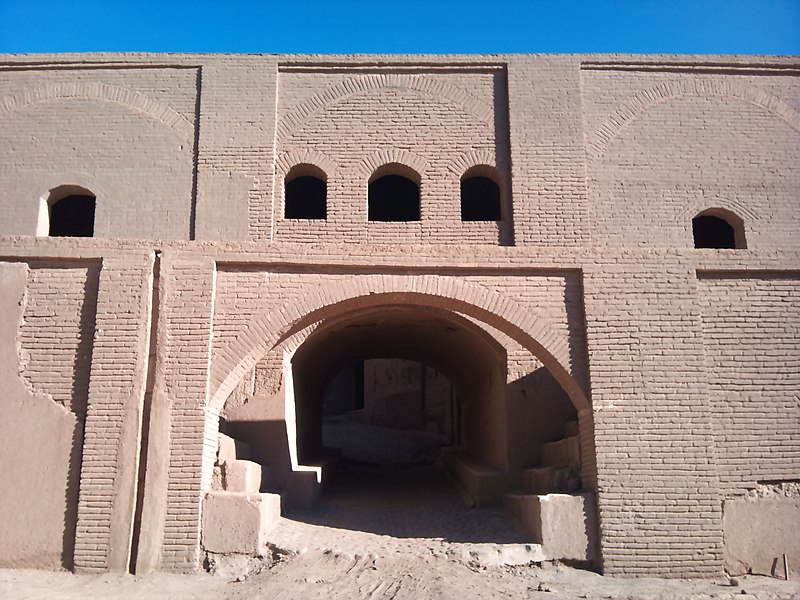Arg-e Bam, Bam
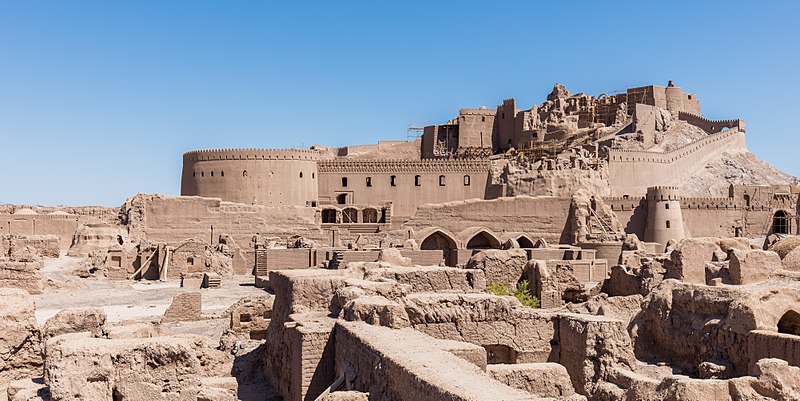
Facts and practical information
Nestled in the city of Bam, Iran, the Arg-e Bam is a testament to the architectural ingenuity and historical significance of the region. This ancient fortress, dating back to the Achaemenid Empire (6th to 4th centuries BC), is considered the largest adobe structure in the world. It was at the crossroads of important trade routes, which added to its strategic importance throughout the centuries.
The site covers an impressive area of approximately 180,000 square meters, enclosed by gigantic walls that once protected the citadel and its inhabitants. Within these walls, visitors will discover the remnants of a once-thriving city, complete with residential areas, bazaars, and administrative centers. The Arg-e Bam was not merely a military stronghold but also a social and economic hub.
For travelers looking to delve into the rich history of Iran, Arg-e Bam offers an unparalleled glimpse into the past. The layout of the citadel is a classic example of urban planning in the Middle East, with the main axis connecting the main entrance to the governor's quarters at the highest point. This design reflects the hierarchical nature of the society that once inhabited it.
Unfortunately, a devastating earthquake in 2003 caused significant damage to Arg-e Bam, reducing much of it to rubble. Since then, extensive restoration efforts have been underway to preserve this UNESCO World Heritage site. While parts of the fortress are still being reconstructed, visitors can explore the site's many restored sections and experience the grandeur of its historical legacy.
Tourists are advised to wear comfortable shoes as they traverse the vast complex and to carry water, especially during the hot summer months. The best times to visit are during the cooler hours of early morning or late afternoon when the sun casts dramatic shadows over the ancient walls, enhancing the atmospheric experience.
Bam
